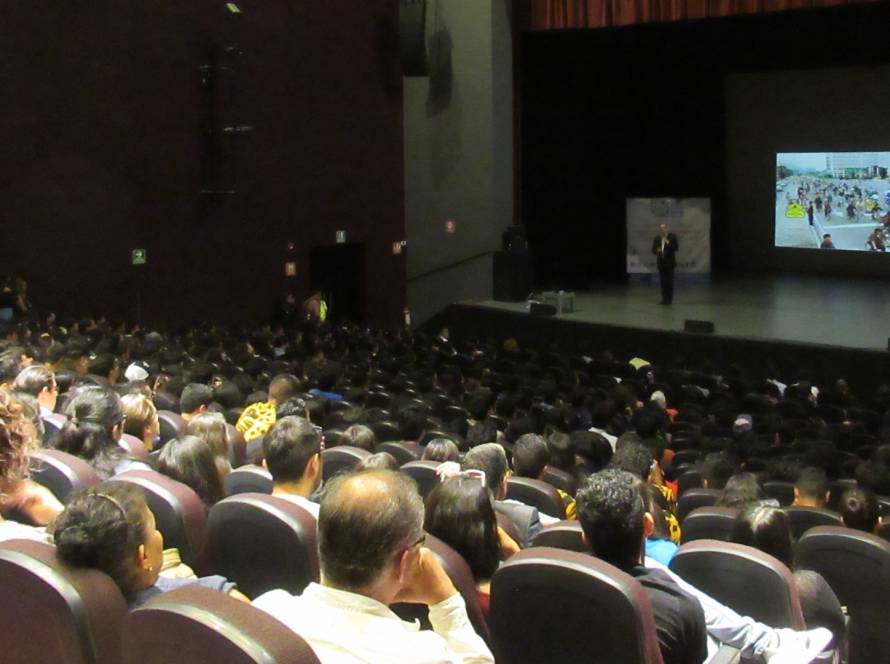Key Takeaways
⇢ School Streets can be successfully implemented in cities of all sizes, from small to
large metropolises – making them an adaptable solution for creating safer, healthier
neighborhoods.
⇢ Safe, pedestrianized school zones help reduce traffic and air pollution, making the
environment healthier for children.
⇢ School Streets are part of a larger strategy to reduce car dependency, lower
greenhouse gas emissions, and promote active transportation.
Summary
a. Understanding School Streets
○ Repurpose the urban space surrounding schools, transforming car-
dominated streets into vibrant, safe, and pedestrian-friendly zones.
○ These initiatives are designed to make it easier for children to walk to
school and for communities to reclaim public space.
○ They encourage physical activity, social interaction, and a sense of
community belonging.
○ These spaces become community hubs where parents, teachers, and local
businesses engage, thereby revitalizing the neighborhood.
b. How do we design and implement School Streets?
○ Organizing events, playgrounds, and educational activities such as children
voting on game designs, tree-planting events with explanatory signage, and
educational content displayed as art.
○ Design elements like child-scaled benches, open and accessible sidewalks,
and clear, light-colored pavements enhance usability.
○ Temporary measures such as gates and tactical street closures provide a
low-cost testing ground.
○ Traffic management adjustments, such as reconfiguring traffic flows and
reducing vehicle lanes, are essential for a successful transition.
How can Cities apply these learnings / findings?
a. Prioritize streets where pedestrian flow is hindered by vehicles and where children
are most at risk.
b. Adjust local traffic maps to reroute through-traffic away from school zones.
c. Begin with tactical interventions (temporary closures, movable gates) as pilot
projects.
d. Launch communication campaigns to educate residents about the benefits of
reduced traffic, improved safety, and enhanced public spaces.
Interesting resources
a. Paris School Streets Program
b. Barcelona School Street Program
c. Final report of the impact assessment on pacified school environments in the city
of Barcelona by the Protegim les Escoles program. Period, 2021-2023 –
https://ddd.uab.cat/search?f=title&p=Informe%20final%20de%20l%27avaluaci%C3
%B3%20d%27impacte%20als%20entorns%20escolars%20pacificats%20a%20la
%20ciutat%20de%20Barcelona%20pel%20programa%20Protegim%20les%20Esc
oles%20Per%C3%ADode%2C%202021-2023&sc=1&ln=ca
d. School Streets create healthy, playful and more social environments by Jordi
Honey-Rosés – https://citylabbcn.org/school-streets-create-healthy-and-social-
environments/
e. Impact assessment "We protect schools": Impact assessment on pacified school
environments in the city of Barcelona for the "Let's Protect Schools" program 2021-
2022 – https://www.isglobal.org/ca/-/avaluacio-impacte-protegim-escoles-
barcelona#:~:text=L'estudi%20t%C3%A9%20com%20objectiu,comunitat%2C%20l
es%20percepcions%20de%20les
Ideas for further reading / research
a. School Streets for Safe and Sustainable School Trips – https://urban-mobility-
observatory.transport.ec.europa.eu/resources/case-studies/school-streets-safe-
and-sustainable-school-trips_en
b. Let's Protect Schools: Evaluation of the Peaceful Environments of the City of
Barcelona's 2021 – https://portalrecerca.uab.cat/en/publications/protegim-les-
escoles-avaluaci%C3%B3-dels-entorns-pacificats-del-progra
c. Streetfight: Handbook for an Urban Revolution – Book by Janette Sadik-Khan and
Seth Solomonow
d. School Streets: Putting Children and The Planet First – by Child Health Initiative’s
Advocacy Hub


